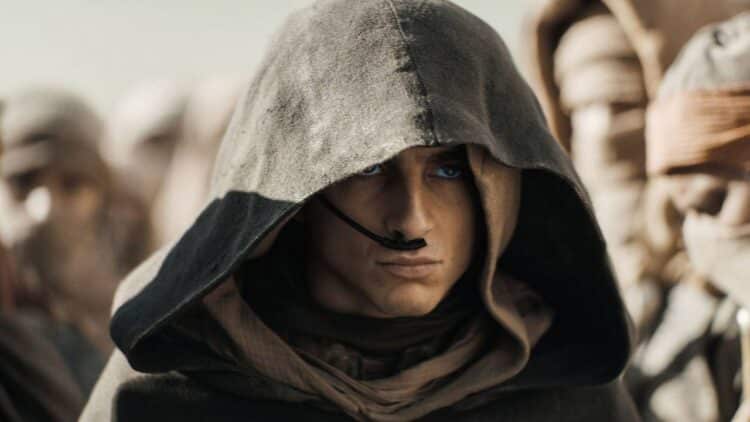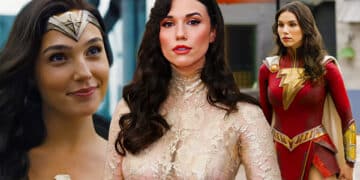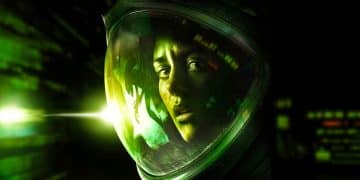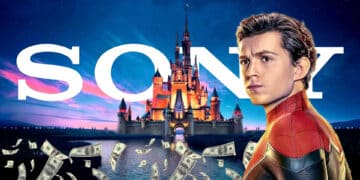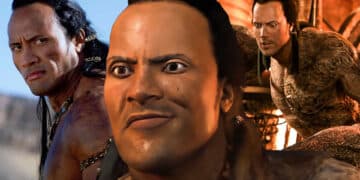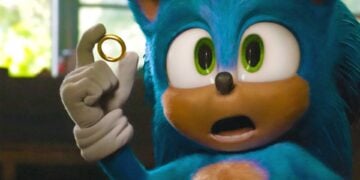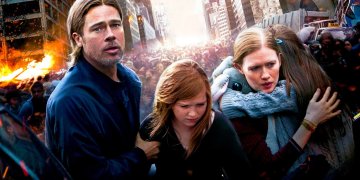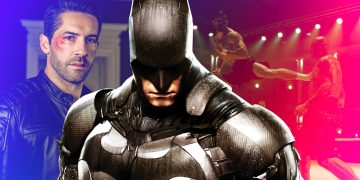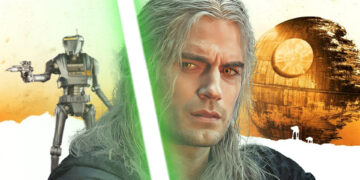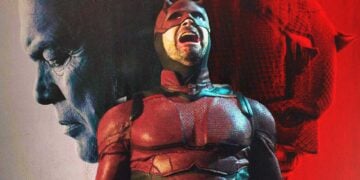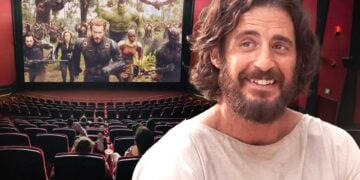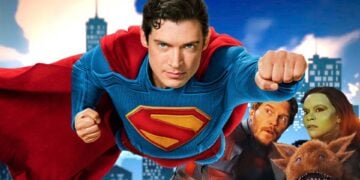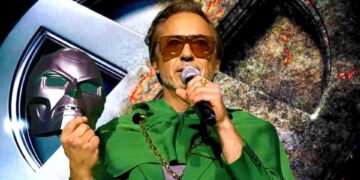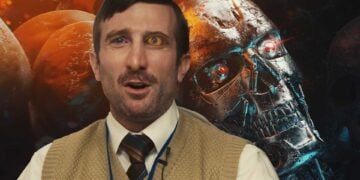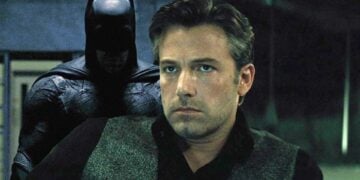Studios are staining their underwear, panicking over how people aren’t supporting film theatres or going to the movies anymore. Even some insiders were suggesting there was blockbuster fatigue among the audiences, and a big movie like Denis Villeneuve’s Dune: Part Two would turn into a monumental flop the size of Arrakis. Here’s the harsh reality, though: Viewers are experiencing mediocrity fatigue, and it’s up to filmmakers and studio executives to give them a reason to watch a movie in a theatre rather than at home. However, if every film strives to push the boundaries of art like Dune: Part Two does, theatres might actually need to dust off their old booking systems once again. This isn’t just another film – it’s a sensory experience of cinema in its purest form.
Dune: Part Two picks up after the events of the last film, as Paul Atreides (Timothée Chalamet) joins the Fremen people of the planet Arrakis and plans vengeance against House Harkonnen for what it did to House Atreides. Some of the Fremen, such as Stilgar (Javier Bardem), believe in the prophecy of Paul being the messiah who will lead them to paradise. At the same time, Paul grapples with visions of an uncertain future and the conflict of being seen as the chosen one. Elsewhere, House Harkonnen also plots its own future, as Baron Vladimir Harkonnen (Stellan Skarsgård) plans a successor in the form of his ruthless nephew Feyd-Rautha (Austin Butler).
A visual-first experience
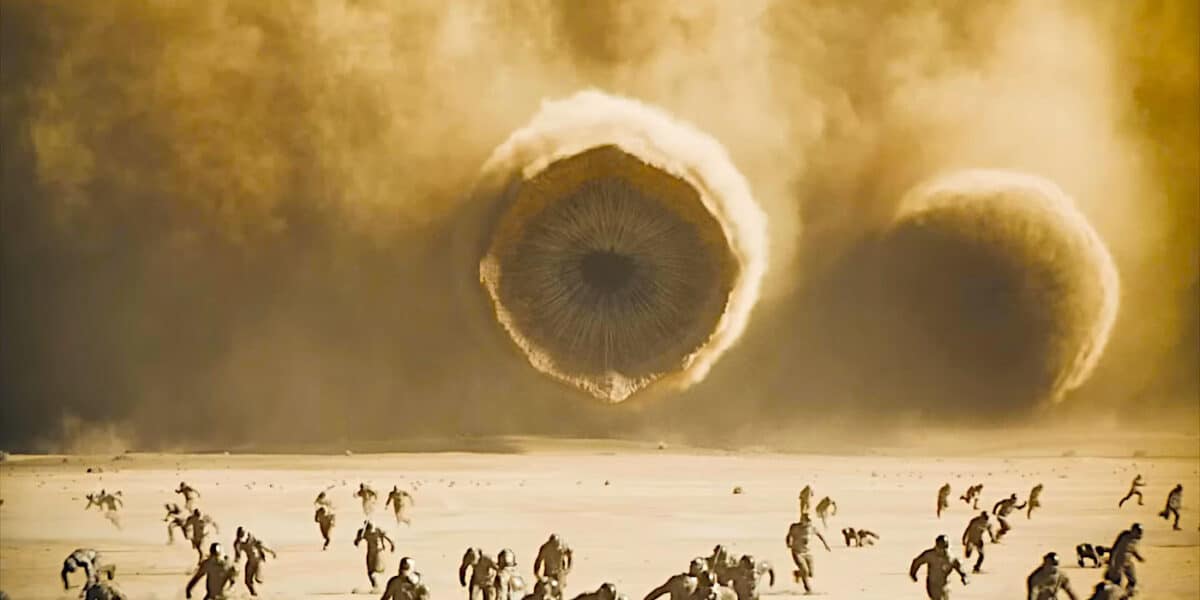
In 2021, Dune: Part One caught everyone off guard as it adapted a seemingly unadaptable novel. It set such a high bar that no one expected the second part of the story, which features an even more extraordinary and exotic spectacle to match that standard. Instead, Villeneuve did the unthinkable: He created an epic that needs to be mentioned in the same breath as Stanley Kubrick’s 2001: A Space Odyssey. It isn’t only in terms of its sheer scale and execution of complex sci-fi principles that are captured through Greig Fraser’s focused lens and mind-blowing special effects but also in its ability to relay visual-first storytelling.
Recently, Villeneuve received a lot of stick for saying cinema shouldn’t be too focused on dialogue as it’s more about visuals and feeling. Watching Dune: Part Two, it’s now clear what he meant by his comments. This film is the definition of the show, don’t tell, as the director takes the audience on a unique narrative journey of the script penned by Villeneuve and Jon Spaihts. From the use of booming loud sounds and Hans Zimmer’s sharp score capturing the fear and desperation of the characters to the Coppola-esque transitional shots signalling rises and falls, Dune: Part Two is a master class in sci-fi cinema that shies away from exposition dumps. That said, this is more than hulking ships, sandworm rides, and large-scale battle scenes – it’s an all-out, all-encompassing sensory assault that breaks a new frontier for the genre.
RELATED: Win A Dune: Part Two Hamper
This is Timothée Chalamet’s film
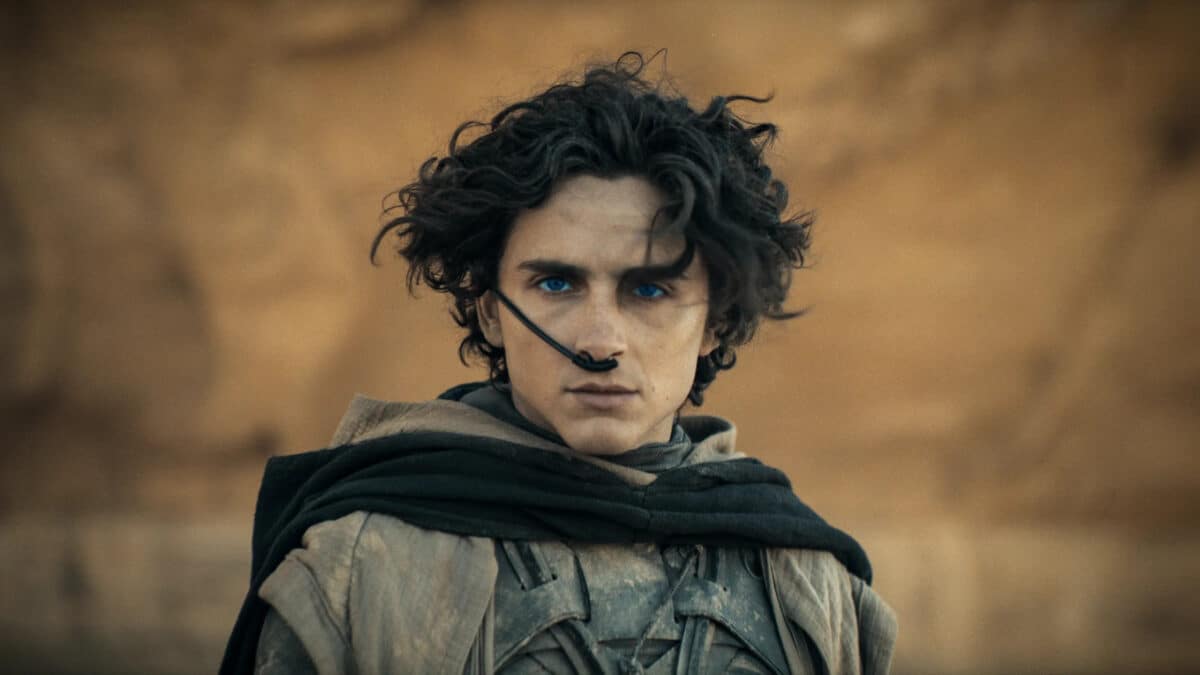
Those who have read Frank Herbert’s novel series will be aware of the main theme of Dune, as well as the character developments and twists ahead. Villeneuve respects the source material – with a few tweaks, of course – to create multilayered and complex characters in Dune: Part Two. Paul is no longer who he was in the previous film, and neither is his mother, Lady Jessica (Rebecca Ferguson), or his love interest and Fremen warrior, Chani (Zendaya). Without question, this is Chalamet’s film as his character experiences a life-changing transformation. The actor understands his inner turmoil of Paul, delivering a performance that toes the line between portraying him as a saviour and a cult leader.
As everyone eggs Paul on and believes in his divine destiny, Chani is one of the few who warns against the dangers of absolute power and the worship of false idols. Like Chalamet, Zendaya straddles a balance between showing genuine concern for and a fear of what Paul might become. Her character might be seen as the biggest non-believer even when obvious miracles present themselves, but her worries are more than justified.
In terms of antagonists, Butler’s Feyd-Rautha predominantly features. Feyd-Rautha doesn’t possess the cunning brain of his uncle, Vladimir, though. Instead, he’s largely an unflinching and power-hungry barbarian like his older brother, Glossu Rabban (Dave Bautista). Butler portrays Feyd-Rautha as a wild animal with no moral compass or ability to reason. As a result, this establishes the character as a major threat to Paul and an unpredictable force of nature since his goals and motivations are clear: Power.
Should you watch Dune: Part Two?
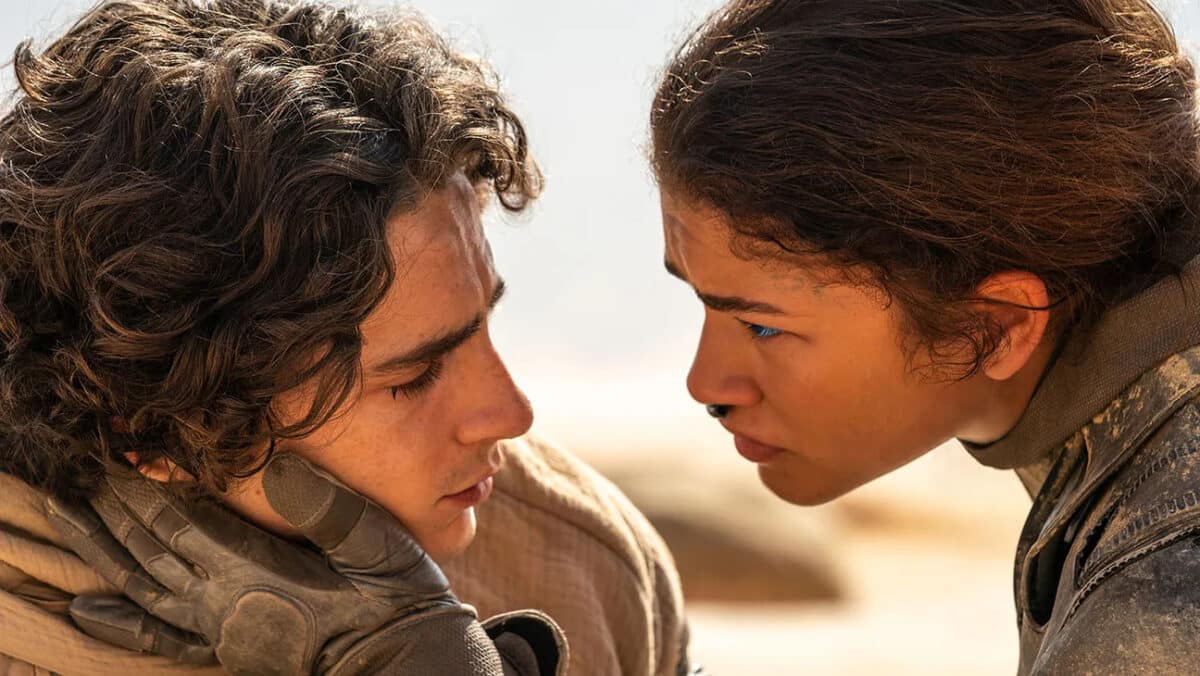
Two months into the year, Dune: Part Two is already in first place to be considered the best film of 2024. In fact, it isn’t only likely to be remembered as one of the best of the year when all is said and done but also as one of the greatest sci-fi films of all time. This needs to be experienced on the biggest screen with the biggest sound to be believed. Bravo, Denis Villeneuve. Bravo.
RELATED: Win Double Tickets To An Early Screening of Dune: Part Two
The Review
Dune: Part Two
Dune: Part Two is simply mesmerizing cinema that needs to be seen on the biggest screen possible.


